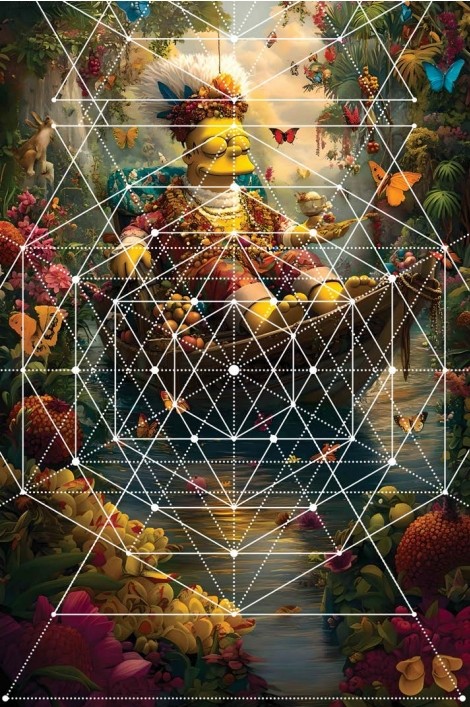Not since the dawn of the camera has something come along to change the fabric of art-making's possibilities on such a grand scale as digital art
Not since the dawn of the camera has something come along to change the fabric of art-making’s possibilities on such a grand scale as digital art. In its most refined core, digital art condenses an artistic work or practice that uses any form of digital technology as part of its creation or presentation process. Though not classified as a distinct movement, digital art to this day keeps evolving with rapid technological progress, cementing itself as a dynamic and credible alternative to traditional art forms in the post-millennial era.
The decision to showcase digital artworks in a city where most galleries predominantly feature traditional art forms is both timely and commendable. In a local art scene that often leans towards painting, sculpture, and calligraphy, this exhibition carves out much-needed space for digital art as a legitimate and thought-provoking medium. By presenting Aarish’s work in this context, the curator, Mariam Hanif, challenges conventional notions of artistic value and expands the conversation around contemporary practices. This curatorial risk not only broadens the scope of artistic discourse in the local art scene but also paves the way for future explorations of technology-driven art, bridging the gap between historical modes of expression and the rapidly evolving digital landscape.
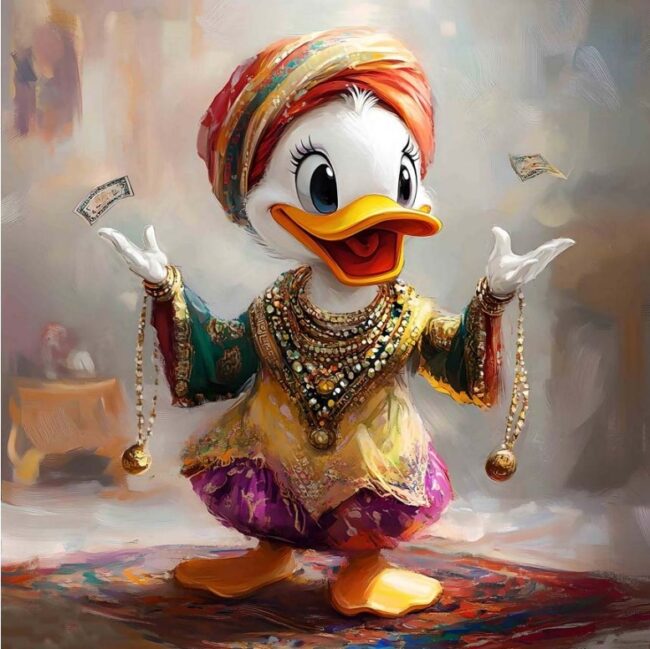
Rushda Aarish’s solo exhibition, “Pop, Pixels & Dollar Dreams,” at Art Soch Contemporary in Lahore earlier in January, presents a vivid, introspective journey into the hybridized existence of the diasporic identity. Her work intricately fuses nostalgia, cultural symbolism, and the complexities of migration, proposing a fascinating critique of the tension between Eastern traditions and Western aspirations. Through a blend of lens-based imagery, digital interventions, and analog processes, Rushda Aarish constructs a body of work that is both deeply personal and universally resonant.
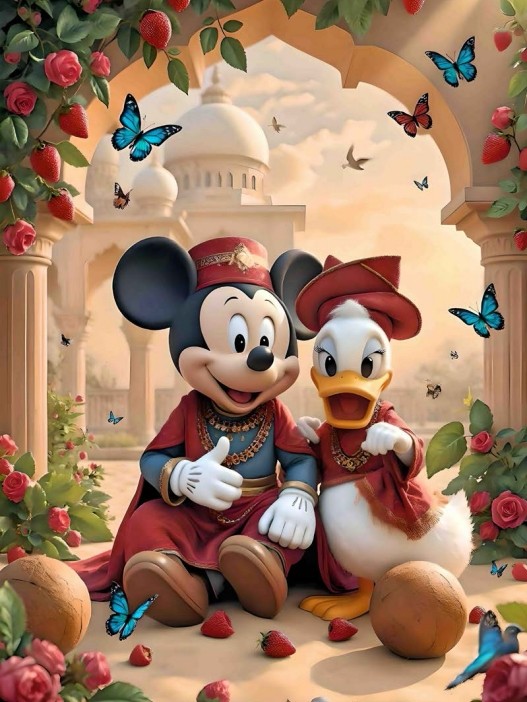
Mick and Duck Decolonized
One of the most salient aspects of her exhibition is the way she engages with pop culture as a vehicle for commentary on assimilation and displacement. Her artwork, “Mick and Duck Decolonized” exemplifies this approach, reinterpreting iconic Western cartoon characters through a decolonial lens. The dreamlike figures, sourced from childhood media, serve as familiar yet uncanny symbols of cultural influence. In this piece, Aarish confronts the imposed narratives of Western pop culture, questioning the extent to which these figures dictate our globalized visual language. By recontextualizing them, she highlights the paradox of migration—an act of seeking opportunity while dealing with cultural erasure.
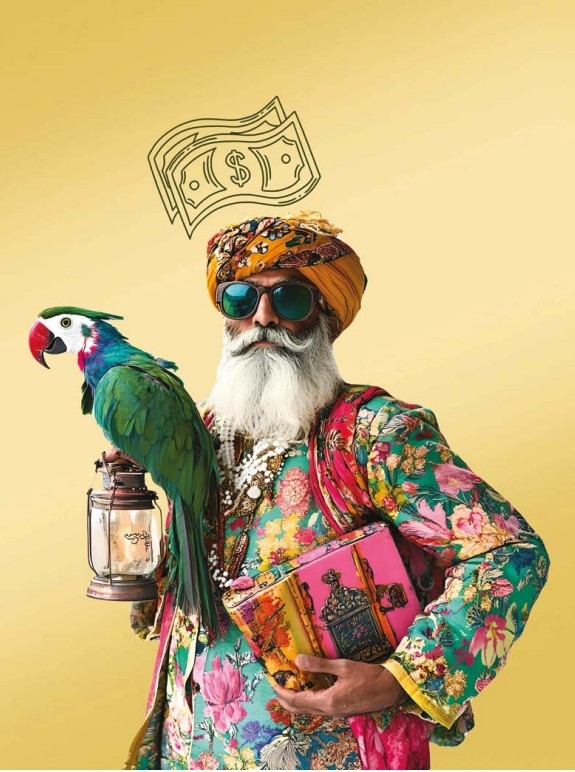
Navigator of Dreams
Similarly, “Navigator of Dreams” immerses the viewer in a surreal contemplation of movement; both literal and metaphorical. The title evokes the transient nature of identity, reinforcing the notion of the migrant as a perpetual navigator between multiple worlds. The juxtaposition of traditional motifs with futuristic or digital elements underscores the tension between rooted histories and imagined futures. Aarish’s treatment of space within the composition—perhaps fragmented or layered—further reflects the fractured experience of diasporic existence.

Sovereign of the Harvest
Another of her artworks, “Sovereign of the Harvest”, extends this discourse by engaging with notions of economic aspiration and postcolonial sovereignty. The interplay of regal iconography and commercialized imagery critiques the lingering impact of colonial structures on contemporary notions of power and success. Does sovereignty, in the postcolonial context, exist beyond the financial and cultural systems inherited from imperial histories? Through this piece, Aarish incites such inquiries, challenging the viewer to reassess inherited symbols of wealth, status, and national identity.
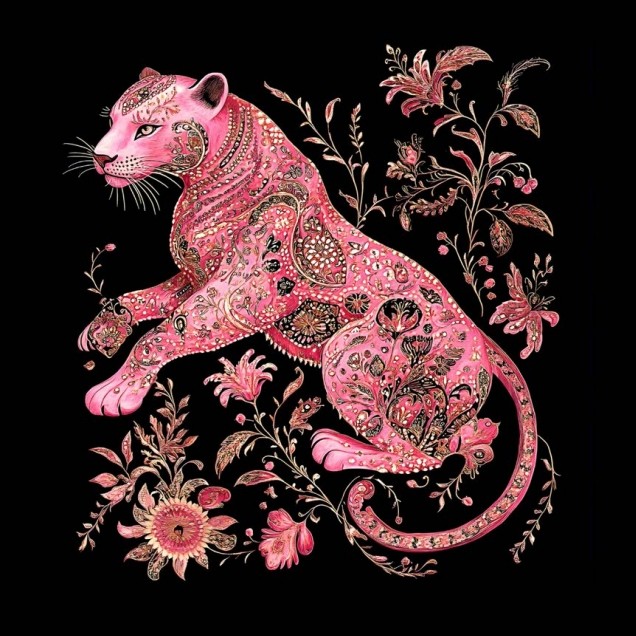
The Predator
Technically, Aarish’s practice stands at the intersection of past and present, where darkroom techniques and digital manipulations coalesce. Her ability to navigate both mediums demonstrates a commitment to preserving the tactile intimacy of traditional photographic methods while embracing the experimental potential of contemporary technology. This duality mirrors the broader themes of her work, emphasizing the fluidity of identity in a world increasingly mediated by digital and global influences. However, one might question whether the use of pop imagery sufficiently disrupts or challenges the commercialized narratives it critiques. Does the aestheticization of these symbols risk reinforcing their appeal rather than subverting their inherent ideologies?
Rushda Aarish’s theoretical concerns, particularly those related to gender archetypes and the roles of women in the 21st century, subtly pervade her compositions. The hybrid cartoon figures not only allude to cultural hybridity but also to the expectations imposed on women navigating transnational identities. The polished yet distorted imagery suggests a sense of estrangement, convincing the viewer to reconsider the layers of conditioning that inform their perception of femininity and cultural belonging.
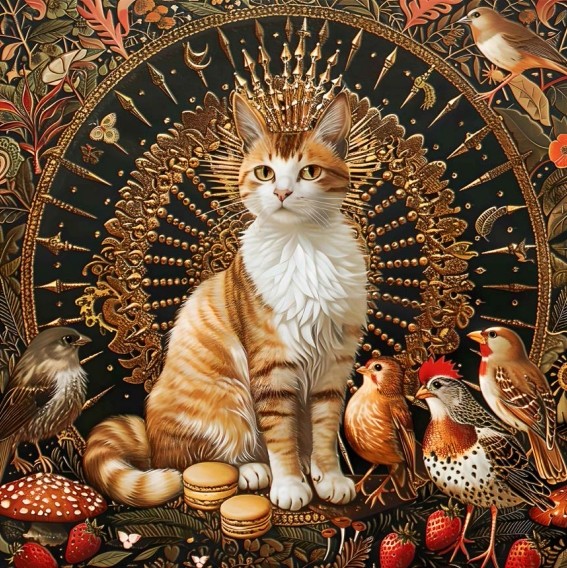
While the exhibition successfully immerses the audience in the surreal and fragmented experience of migration, one might wonder if it fully interrogates the political ramifications of these disjointed identities. Could the work push further into the tensions of economic disparity, citizenship, and the lived realities of migration beyond the symbolic? Nevertheless, Aarish’s ability to synthesize memory, materiality, and visual language results in an exhibition that is both aesthetically engaging and conceptually thought-provoking.
“Pop, Pixels & Dollar Dreams” ultimately offers an emotional meditation on nostalgia, migration, and the evolving nature of identity. Through her deft handling of medium and subject matter, Rushda Aarish invites us to reflect on the constructed myths of belonging and success, making this exhibition a significant contribution to contemporary discourse on diasporic art.
